Hair Building Fibers are an amazing solution for those who want to improve bald spots as well as those suffering from thinning hair. However, not all fibers are built the same way. If you want achieve the best results, keep reading and discover what to look for when buying hair fibers.
Whatever your hair loss condition is, you may have recently discovered what hair fibers are. But with so many brands and types of hair fibers out there, and with so many different prices, how do you know which one to pick? Which are the best hair fibers? First off, let’s get something straight: not all hair fibers are made equal. And not all hair fibers will turn out the way you expect them to.
Hair fibers, a good idea gone wrong.
Have you noticed how George Clooney’s head is full of hair no matter how many years go by? How abundant his hair looks in every movie he stars in? And how most actors and actresses seem like they’re constantly getting hair transplants? Well, that, my friend, are hair fibers.
In case you’re not familiar with them, hair fibers are micro particles of the same natural keratin protein found in hair, nails and skin. These particles resemble your own hair shafts. They are processed and charged with magnetism to make them adhere to the static of human hair instantly. Making your hair look 10 times thicker and fuller!
Most are made up of keratin. Others are made up of wool or cotton. There’s also a synthetic type –which, as the name suggests, looks and feels fairly fake. No matter what they’re made up from, fibers are all “delivered” in a canister that can be shaken over any balding, thinning spots.
The idea? Genius. Its development? Not so. What claimed to be an easy way to thicken your hair, actually turned out to be harmful for it, looked cheap and was very easily detected. Three qualities you definitely do not want in your hair loss solution.

A solution to the vicious cycle.
About 12 years ago, our founders were working with hair extensions as a way to help women conceal hair loss. They began to notice how most of them had a very hard time managing –and living– with hair loss. They wanted to feel good, and look good, in their own hair.
Also read: Are you going bald or is it your natural hairline?
But no matter the reason, there was one major pinpoint that stood out: it was the visual experience of balding or thinning what affected them at a deeper, emotional level. Plus, seeing their hair thinning and falling out stressed them out, which, in turn, caused even more hair to fall out.
Our founders decided to dig into it. They wanted to help these women break free from this cycle. That no matter what the cause for their female hair loss was, they felt as confident and as comfortable as possible in their own hair. As for the men, they were looking for a solution to conceal male hair loss that would still make them feel manly.
And that’s how Hairatin Hair Fibers was born.
The main differences.
We went ahead and analyzed the two biggest traditional hair fiber brands out there and what their users complained about. (Note: Although there are many other brands available in the market, they are all very similar in composition to these traditional brands.) We had Toppik hair fibers, known due to its popularity among celebrities, and Caboki hair fibers, known for its plant-based ingredients and overall accessible price. But did they actually do the job?
After gathering everything that went wrong with the existing brands, our founders had an idea: to improve this already established hair loss solution so that it actually worked and was harmless to already weakened hair. These were their major complaints, and what we did differently:
Problem #1: “Some fibers contained ammonia.”
Toppik contains ammonia, an inorganic compound harmful for your lungs and hair. Why? Because its constant inhalation can irritate your lungs and cause trouble breathing. Its constant topical use, on the other hand, dries up the scalp and may promote breakage, leading to –brace yourselves– hair loss!
Hairatin solution: Bye ammonia!
We removed the ammonia completely to avoid any further damage to users with already thinning and/or damaged hair.
Problem #2: “Looked like a cheap scalp cover-up.”
One particular reason why users did not go back to these products was the cover-up powder effect. Although they claimed to adhere to the finest of hair strands, users with increased hair thinning noticed that when applied, Toppik and Caboki fibers tended to fall onto the scalp and create clumps. Because they were not magnetic enough, they ended up looking like a very cheap scalp cover-up. Yikes!
Hairatin solution: Size matters!
Too-big or too-thin fibers will clump on your scalp or simply fall off. We were able to create fibers that were 10x thinner than other brands, but 20x more magnetic. How? By giving fibers an electromagnetic composition. In english, a dipolar charge –meaning one end of the fiber is positive and the other one is negative– making them bind more strongly and firmly with your existing hair. How much? 500% more!
Problem #3: “Color shade(s) did not match natural hair color and shine.”
Users stated that after applied, Toppik and Caboki fibers began to show a matte finish that mismatched their natural hair color. By examining each under a microscope, we learned that these fibers were not at all translucent. This meant users had to keep mixing and matching color shades in order to get their correct hair color. Too much trouble!
Except for the black and dark brown color shades, the other lighter fiber colors appeared really opaque. They had an almost matte finish that made the fibers stand out from the rest of the hair. No shine at all!
Hairatin solution: Shine on!
We added shine, making the texture, look and color of fibers identical to that of real hair. How? By making some of the fibers actually translucent. Just as your hair slightly changes color when looked at from different light environments and angles, Hairatin shades have the same effect when applied. They mimic the 100 shades that natural hair gives off when exposed to light. It’s completely undetectable and doesn’t look matte, unlike other fibers.
Problem #4: “Fibers had a chalky, powder texture.”
Former Toppik and Caboki users complained about a chalky, patchy effect that increased with time after being applied. This, of course, was not what users were hoping for when opting for a discrete way to conceal their bald spots. Turns out that their formula did not make it possible for fibers to resemble the texture of natural hair.
Hairatin solution: A unique formula!
We created uniquely formulated fibers by mixing keratin with cotton for a 100% color and texture match. Mixed fiber blends are the best way to get the static cling of fibers that look like your hair. 100% keratin will not have the luster of your hair, while 100% cotton may only clump on your scalp. This way, we made sure fibers actually looked natural, and had a fiber-like texture.
Problem #5: “Fibers turned green after some time.”
Another factor that ruled out these solutions was “the green effect”. Some hours after first applied, users stated that their fibers began to show a dull green color that mismatched their natural hair color. So we went ahead and did a few tests to discover that both Toppik and Caboki fibers were soluble. When in contact with humidity –or hair’s natural oils– they tend to dissolve, hence turning greenish. Uh-oh.
Hairatin solution: We made them insoluble!
We really took note of this one. In order for fibers to stay in even when exposed to sweat, water or humidity, we had to make some changes. So we created fibers that did not dissolve in water, or oil. No more undesired green effect!
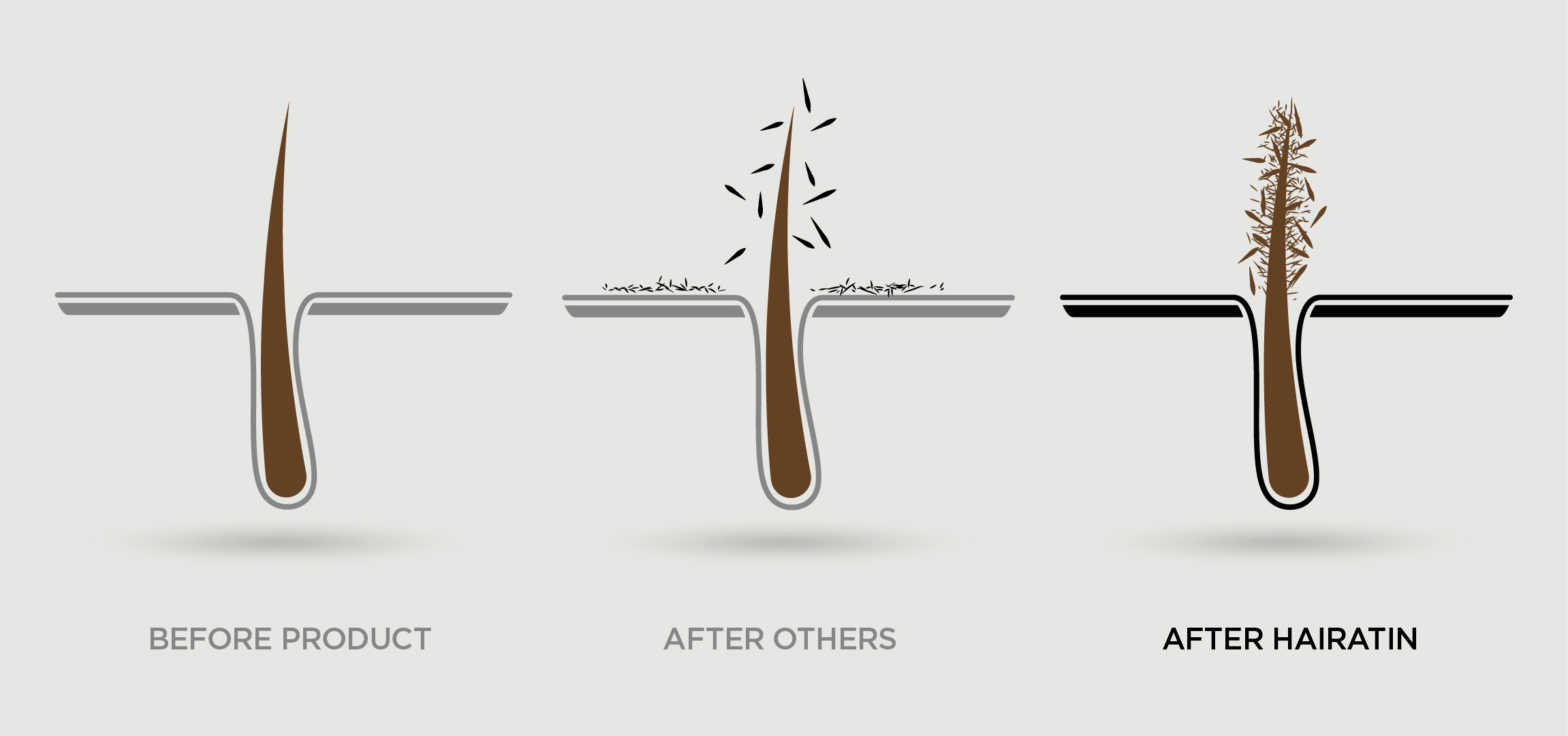
Bottom line.
So there you go. We’ve shown you what to look for when buying hair fibers and the reasons why we decided to create a product that actually did the job.
Now, if you’re wondering if hair building fibers are a solution that would actually work for you, please feel free to give us a try. And why not, let us know how it turns out!

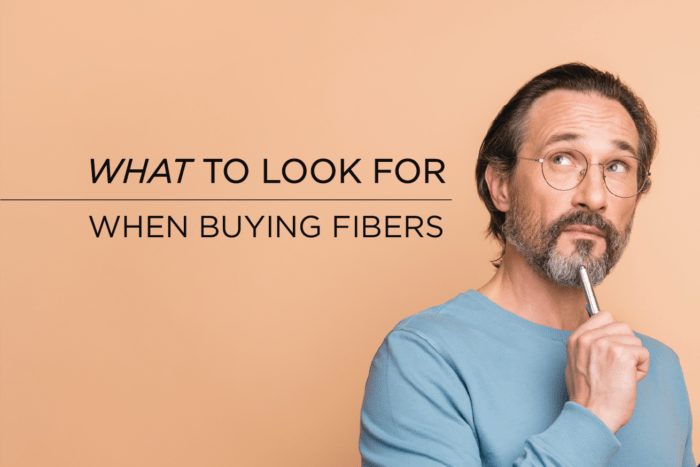

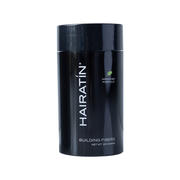
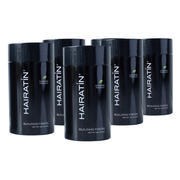
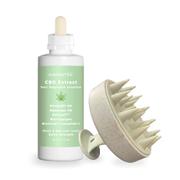

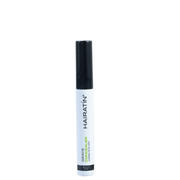
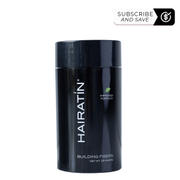
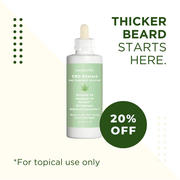

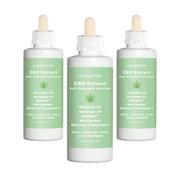
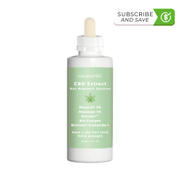
 �
�